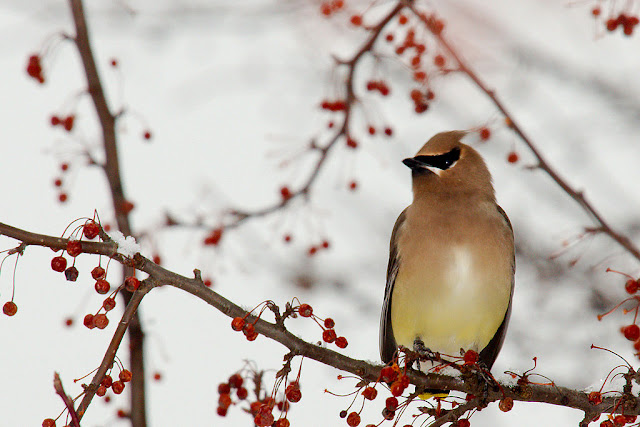Elephant Seals: Pupping, Breeding and Violence on the Beach

Elephant Seals are born in winter on beach colonies and by the time they're weaned at one month have quadrupled their size. Mothers leave the young, after one month, to learn to swim and feed on their own. (Image by Jerry Kirkhart/Wikimedia ) By Sharol Nelson-Embry Trekking through sand dunes on a beautiful Northern California day last weekend, we rounded a bend and came to a group of huge elephant seals scattered like fallen logs around us. This was Bob's (my husband) birthday wish, to visit the Año Nuevo State Park's Northern Elephant Seal colony. Our docent guide had cautioned us to stick close to her on our walk out to the dunes. You can never be sure where these outlying animals will turn up. These, she told us, were the "losers," the male elephant seals that were too young to gather a harem and mate, or even hang around the fringes of the harem. We were still about 1/2 mile from the beach where the harems covered swaths of sand. The young males aro...


